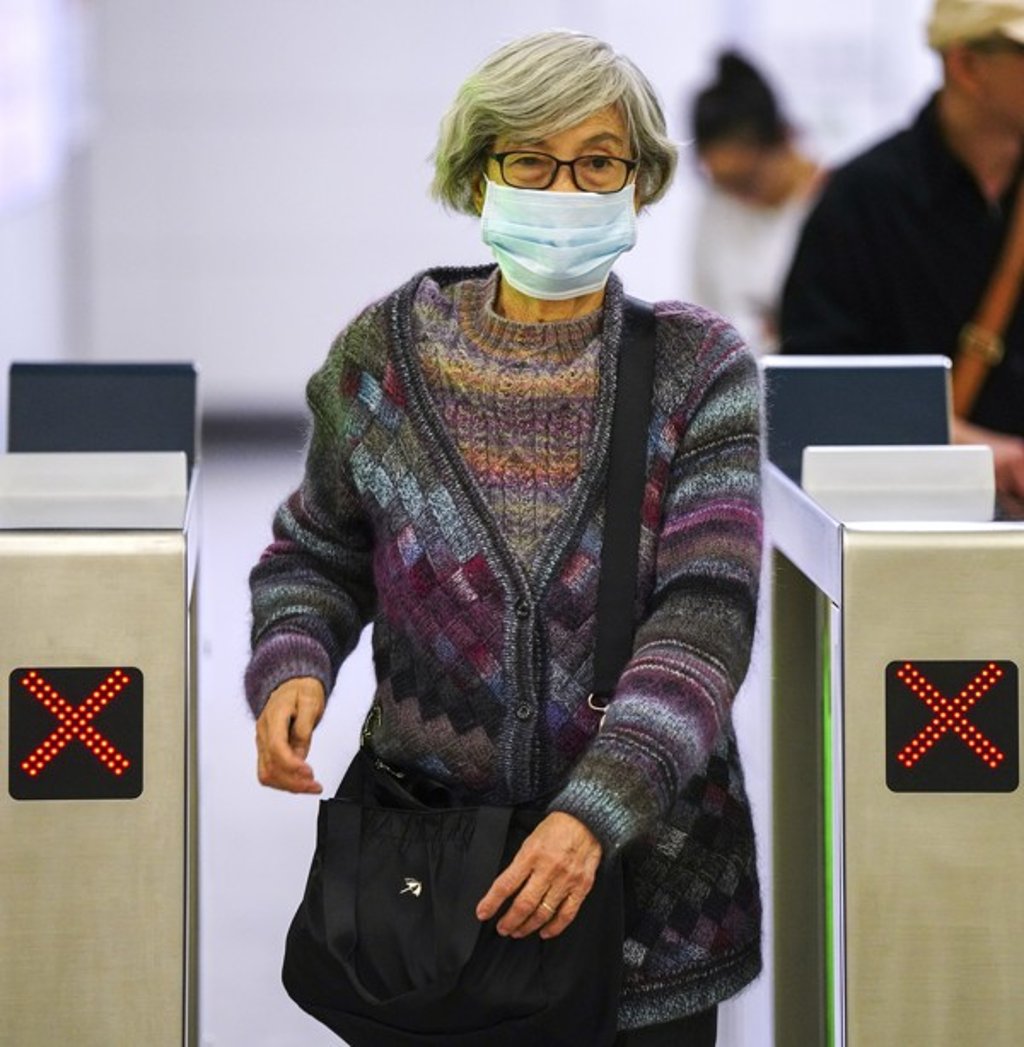Wuhan pneumonia: Asia battens down for Lunar New Year rush
- The outbreak of the new strain of coronavirus comes just weeks before tens of millions of Chinese travellers take part in the ‘world’s largest human migration’
- Singapore has already reported its first case in a 3-year-old girl

Officials from Tokyo to Kuala Lumpur are stockpiling protective gear, preparing isolation beds and even boarding trains to individually screen passengers to contain the virus, which Chinese scientists have identified as a new strain of coronavirus from the same family that caused the 2003 Sars epidemic.
The outbreak of a virus in the same family has raised the spectre of the Sars epidemic of 2003 that killed nearly 800 people and sickened thousands. At the time, Chinese officials cut the traditionally week-long May Day national holiday to just one day to discourage people from travelling, but were also criticised for playing down the severity of the outbreak.

This time around there are similar suspicions, with public health experts telling the South China Morning Post the true number of victims of the coronavirus outbreak could be higher than officially stated.
The outbreak of the virus ahead of the Lunar New Year – often labelled the ‘world’s largest migration’ – has prompted transport authorities in Asia, home to four of the world’s top 10 busiest air transit hubs, to step up temperature screenings and checks on passengers as they prepare for a surge in Chinese tourists at the end of the month.